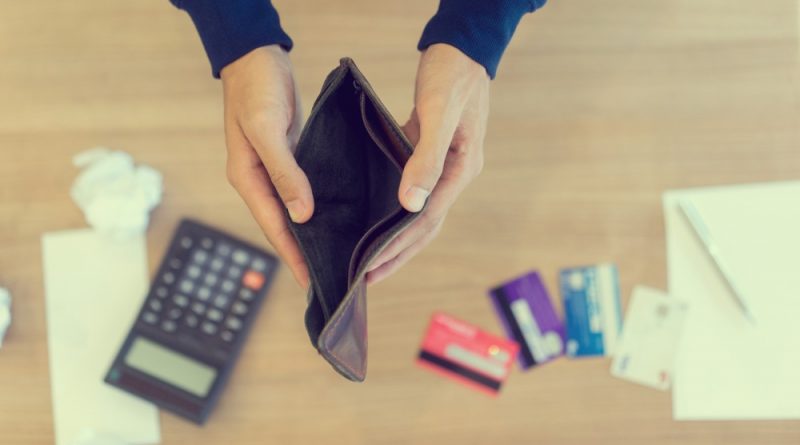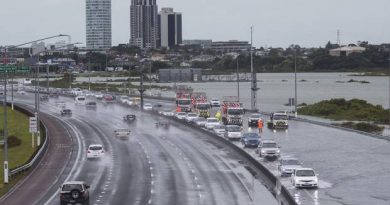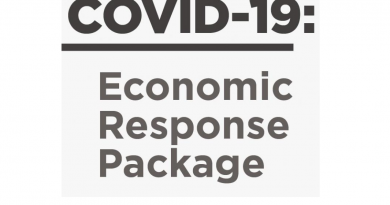Advice for sole traders struggling with debt
With the COVID-19 wage subsidy ending, you may be one of many self-employed people and small businesses feeling the pinch.
It can be tough to get a good handle on your finances when it’s just you in the business. It may be tempting to put off thinking about your financial position. It takes time and effort. It may feel stressful, which is a common response. And you may not know where to go to find helpful advice and information.
But taking time to work out where you are at financially will be time well spent. It can help ease stress now and in the future, and save you money on extra interest or penalty costs.
Warning signs of financial trouble ahead
First steps
Prepare a budget listing your earnings and business expenses, including debts to repay. This will help you understand exactly what you owe, to whom, and how much you have to earn to make payments.
If you go into debt, that’s OK if you:
- keep an eye on your cash flow — what you earn and what you spend, eg fuel costs, bills, tax
- know full details of what you owe, eg car finance, tax
- make a plan to repay these debts.
Understanding your cash flow can be as simple as regularly checking your bank account. Do you spend more than you earn? If yes, think about what might make it easier to pay what you owe. Examples include:
- more time to pay
- reduced payment amounts
- cutting costs
- selling assets you can do without.
If it’s hard to pay on time and in full, contact those you owe money to as soon as possible. Explain your situation. Lenders and government agencies may agree to restructure your payments to be more manageable. If you owe money to another business, they might agree to changes, such as more time to pay. But they too might be struggling financially.
It may take time to get your finances back on track, but even taking small steps to get out of debt will help.
What to do if your business is operating at a loss
Forecast your cash flow
Cash flow is an indicator of your business’s financial health. Forecasting your cash flow helps you have better conversations with your bank or advisor.
Struggling to pay? Talk with your creditors, including government agencies, as soon as possible. They may agree to change your payments.
If you stick to the new payment schedule, this can stop penalties for missed payments being added to your debt. And it may help protect your credit rating.
Government support for sole traders
If your self-employed income has taken a hit due to the COVID-19 pandemic, you may be eligible for government financial support. The wage subsidy closed in September, but other options are available.
Tax relief
Paying tax when you are self-employed usually means several larger payments a year. Because making lump sum payments can be tough due to the economic impact of COVID-19, Inland Revenue has made it easier to pay smaller amounts over a longer time.
You can apply to pay tax in instalments and may be eligible to have penalties and interest waived. This applies to businesses, including sole traders, with tax due between 14 February 2020 and 25 March 2022. You must pay at least $20 a week and pay off what you owe within three years.
Paying by instalments (external link) — Inland Revenue
“Any business falling behind on tax payments should contact us early,” says Richard Philp, Inland Revenue’s Customer Segment Lead. “This is particularly important if you owe GST or owe tax deducted from employees’ incomes. Late payment penalties and interest will increase your bill very quickly.
“Even if you cannot see how to pay your tax bills, we can help you find a solution. Either you or your tax agent need to talk to us as soon as possible.”
It’s also a good idea to estimate your annual income for this tax year. If it’s dropped compared with previous years or an original estimate, you may be able to:
- Recalculate your provisional tax payments. You can do this online in Inland Revenue’s myIR.
- Apply for a tailored tax code online in myIR.
Your total tax to pay may drop, or you may be eligible for a refund if you have already made provisional tax payments this year.
Apply for a tailored tax code (external link) — Inland Revenue
Also check if you still need to pay provisional tax. The new threshold is $5,000 in tax to pay at the end of a year, up from $2,500. Check your tax to pay online in myIR. If you owe $5,000 or less in residual income tax (income tax minus expense and tax credits) for the year ended 31 March 2020:
- You no longer need to pay provisional tax in instalments throughout the year.
- Instead you have until 7 February the year after filing your return to pay tax in a lump sum.
COVID-19 Provisional tax (external link) — Inland Revenue
COVID-19 Self-employed (external link) — Inland Revenue
Small business cash flow loan scheme
Sole traders and self-employed people may be eligible for a one-off low-interest loan from the government. Sole traders can borrow up to $11,800. If you employ people, you can borrow up to $10,000 plus $1,800 for each fulltime equivalent employee.
Apply online in Inland Revenue’s myIR:
- Go to the ‘I want to’ section.
- Select ‘Apply for the small business loan’.
- Applications close 31 December 2020.
Don’t have a myIR account? You can register online.
myIR (external link) — Inland Revenue
COVID-19: Small business cash flow loan scheme
Where to get advice
Talk with your accountant or bookkeeper, if you have one. Ask about your cash flow and government financial support for sole traders and small businesses.
All small businesses, including sole traders, can call the government’s free COVID-19 business helpline.
It may also help to talk to a free financial mentor. Call the MoneyTalks helpline on 0800 345 123 for help to:
- work out a budget that suits your needs
- talk to lenders and other creditors.
Check out the budgeting and debt tools on websites like Sorted and MoneyTalks. Examples include:
- online debt calculators
- debt schedule to write down everything you owe
- financial plan of action.
Resources (external link) — MoneyTalks
Debt calculator (external link) — Sorted
COVID-19 and your money (external link) — Sorted
COVID-19 business helpline:
North Island 0800 500 362
South Island 0800 505 096
If you don’t take steps to repay what you owe, your debt will grow. You also risk losing assets used to secure loans.
For example, a lender repossessing a car used as security for vehicle finance.
If your debt is unmanageable
Debt can feel unmanageable and stressful. Don’t drown silently in worry. Talk to someone who can help, like a free financial mentor, a business mentor, or your accountant if you have one. You will likely find there are steps you can take to ease the emotional burden and start to sort out your finances.
If you cannot pay what you owe, even with budgeting and changing repayments, a formal insolvency procedure might be an option. Depending on how much you owe, this might be Bankruptcy, No Asset Procedure, a Debt Repayment Order or a Proposal.
Don’t rush into a formal insolvency procedure. It’s a final option for unmanageable debt and has long-lasting consequences. Carefully weigh up the pros and cons.
It may help to talk to the Insolvency and Trustee Service. This government agency administers personal insolvency and some corporate insolvencies in New Zealand. As a sole trader, some insolvency options allow you to continue trading with the help of a financial specialist or accountant.
Personal insolvency options: Help me choose (external link) — Insolvency and Trustee Service
Business debt (external link) — Insolvency and Trustee Service
If you’re stressed about debt, or have any questions about government financial support or insolvency options
Call the COVID-19 business helpline:
North Island 0800 500 362
South Island 0800 505 096
To find out more about insolvency options, phone the Insolvency and Trustee Service on 0508 467 658 or fill in their online contact form.
Contact us (external link) — Insolvency and Trustee Service
Source: NZ Government https://www.business.govt.nz




